These 9 Crystals CANNOT Go in Water (Ever)
I'll never forget the day a client brought me her beloved selenite wand that had transformed into a crumbling mess after she'd enthusiastically cleansed it in water. The disappointment in her eyes was heartbreaking (especially since this simple mistake could have been easily avoided.)
While many crystals can safely be cleansed in water, certain crystals contain minerals that react negatively to moisture.
Some dissolve, others develop oxidation, and some can release toxic elements or lose their structural integrity.
Here are nine crystals that should never be placed in water, along with safe alternatives to keep your collection vibrant.
1. Selenite
Selenite dissolves rapidly in water due to its gypsum composition, transforming from a luminous crystal to a crumbling mess within minutes to hours of water exposure.
This lunar-associated crystal is actually a form of gypsum, which is highly water-soluble. Even brief exposure to water can cause:
- Clouding of its translucent surface
- Development of elongated scratches
- Softening of its structure
- Complete disintegration in advanced cases
Our Crystal Shelves collection offers perfect display options that keep selenite safely away from bathroom humidity or accidental water contact, protecting these delicate crystals while showcasing their beauty.
We have a range of stylized crystal shelves, including the Luna Moth Light Up Shelf:
2. Malachite
Malachite contains copper compounds that can leach into water, creating a solution that can be toxic if ingested, along with damaging the crystal's distinctive green banding.
This vibrant green crystal deserves special caution:
- Contains copper that can be released in water
- May create a toxic solution
- Can lose its polish and distinctive patterns
- May develop oxidation with moisture exposure
For safely cleaning malachite, use a dry, soft cloth to gently dust the surface. Cleanse energetically using moonlight, sound, or by placing briefly on a clear quartz cluster.
3. Pyrite
Pyrite (fool's gold) oxidizes in water, causing rusty discoloration, structural damage, and the potential release of sulfur compounds.
Also known as "fool's gold," pyrite's iron sulfide composition makes it highly reactive:
- Develops rust-like discoloration
- Can release sulfur compounds with an unpleasant odor
- May disintegrate along crystal faces
- Can contaminate other nearby crystals
Consider our Crystal Storage Boxes collection, which provides dedicated compartments to store water-sensitive crystals like pyrite separate from others in your collection.
Here is our Moonphase Tarot Crystal Storage Box as an example:
These handcrafted wooden boxes protect against both accidental water exposure and cross-contamination.
4. Halite (Salt Crystal)
Halite is rock salt in crystal form and dissolves completely in water, sometimes within seconds of contact, making it one of the most water-vulnerable crystals.
These beautiful cubic crystals are essentially natural rock salt:
- Dissolves completely in water, often within seconds
- Becomes sticky in humid environments
- Can absorb moisture from the air
- May develop cloudy patches with minimal moisture
For energetic cleansing, use smoke (sage or palo santo), sunlight, or sound methods. Always store in low-humidity environments with desiccant packets if needed.
5. Kyanite
Kyanite can develop microfractures and lose its characteristically perfect blade-like structure when exposed to water, especially during temperature changes.
This blue blade-like crystal has a unique property—it doesn't accumulate negative energy and is self-cleansing. However, it shouldn't be placed in water because:
- Can develop internal fractures
- May lose its structural integrity
- Blue color can fade with repeated exposure
- Natural aluminum compounds can be affected
Since kyanite naturally self-cleanses, it generally doesn't require external cleansing at all. Our Crystal Grids collection offers beautiful platforms for working with kyanite in grid formations to enhance its natural properties without any water exposure.
Here is just one popular crystal grid from our collection, the Gold Moonphase Crystal Grid:
6. Lepidolite
Lepidolite contains lithium and can deteriorate in water, losing its delicate lavender color and flaky mica-like structure.
This calming, lithium-rich purple stone is particularly vulnerable:
- Contains water-soluble lithium compounds
- Begins to flake and deteriorate in water
- Can lose its natural calming properties
- May develop white spots or discoloration
For lepidolite care, use gentle dry methods only. It pairs beautifully with clear quartz, which can amplify lepidolite's calming properties without water cleansing.
7. Azurite
Azurite's intense blue color can fade dramatically with water exposure, and its copper content makes it vulnerable to chemical changes that permanently damage the crystal.
This deep blue copper carbonate mineral requires careful handling:
- Blue color can fade or change with water exposure
- Copper content can oxidize with moisture
- May develop a chalky surface appearance
- Can convert to green malachite over time with water exposure
Azurite specimens should be displayed in our Crystal Shelves collection, which provides both protection and visual enhancement. The shelves' design complements azurite's dramatic color while keeping it safely away from moisture.
8. Angelite
Angelite is actually a form of anhydrite (calcium sulfate) that transforms back into gypsum when exposed to water, losing its characteristic blue color and structural integrity.
This peaceful blue crystal is particularly vulnerable:
- Can revert to gypsum when exposed to water
- Loses its characteristic blue color
- Becomes soft and potentially crumbly
- May develop white patches
Angelite works beautifully in crystal grids for meditation and communication purposes. Our Crystal Grids collection provides ideal templates for creating powerful, water-free energy work with angelite.
9. Celestite
Celestite's delicate crystalline structure can dissolve and fracture in water, destroying the delicate blue clusters that make this crystal so prized.
This heavenly blue crystal forms in delicate clusters that are highly water-sensitive:
- Crystal structures can dissolve in water
- Blue color may fade with moisture exposure
- Points can become blunted and lose definition
- Internal fractures can develop, weakening the specimen
Store celestite in our Storage Boxes collection, where compartmentalized spaces allow you to safely house these delicate formations. The wooden construction provides protection from humidity while still allowing easy access.
Safe Cleansing Alternatives
Instead of water, consider these safe methods for cleansing water-sensitive crystals:
- Sound cleansing: Using singing bowls or bells near the crystals
- Smoke cleansing: Passing crystals through sage, palo santo, or incense smoke
- Moonlight: Placing crystals in indirect moonlight, especially during full moons
- Selenite charging: Placing crystals on a selenite charging plate
- Crystal quartz method: Surrounding sensitive crystals with clear quartz points
- Breath method: Using intentional breath to cleanse smaller crystals
- Visualization: Using focused intention to clear energies

About the Author
Janie Fagan is the lead writer and resident crystal expert at Coppermoon.
With over 20 years of experience in spiritual practices and crystal work, Janie comes from a lineage of spiritualists who have passed down their wisdom through generations.
Her approach combines traditional knowledge with practical, modern applications, helping readers create sacred spaces that honor both ancient traditions and contemporary needs.
When not writing or working with crystals, Janie can be found tending to her moon garden, practicing sound healing, and exploring the connection between celestial movements and earth energies.
She believes that everyone deserves access to the tools and knowledge that make spiritual practice accessible and meaningful in everyday life.


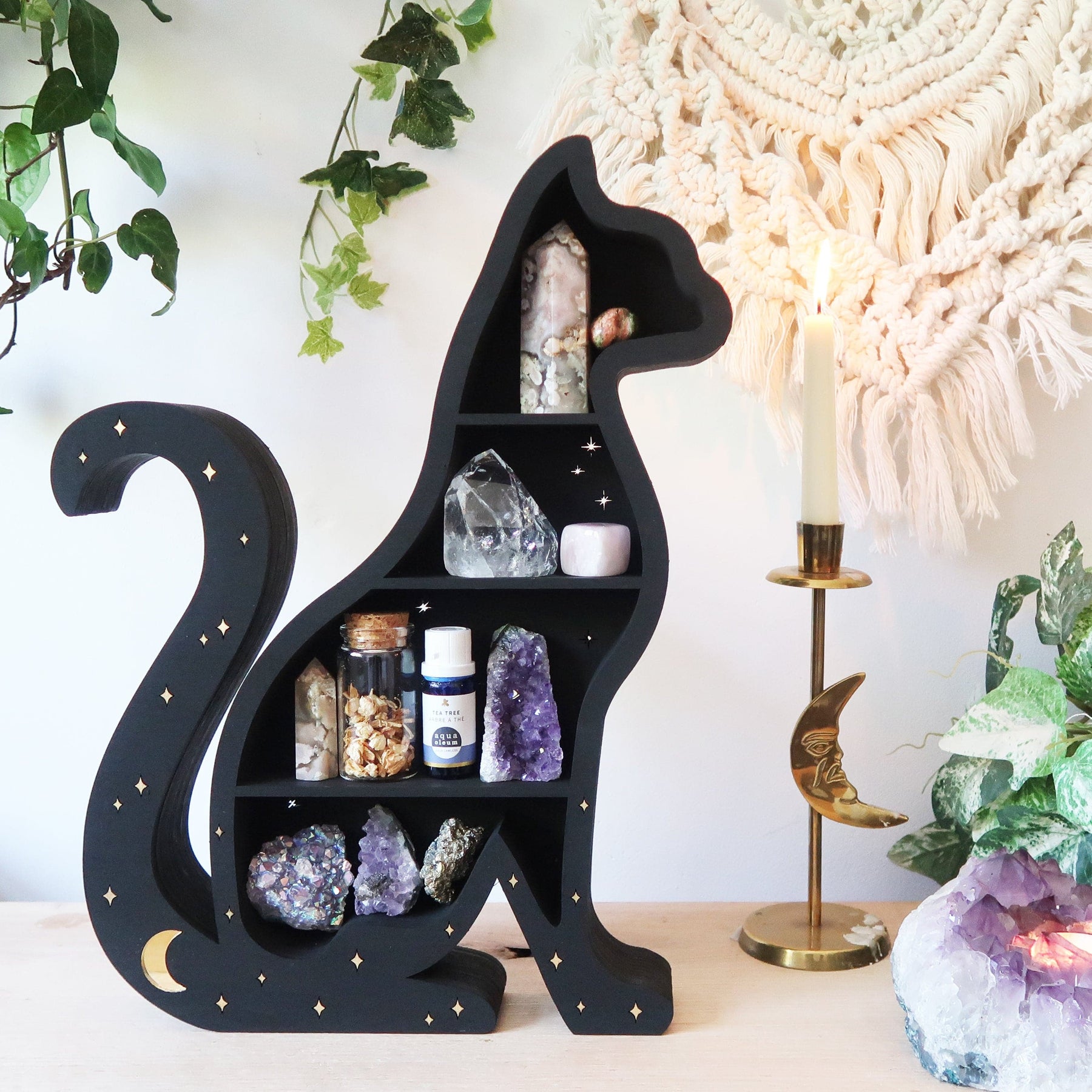
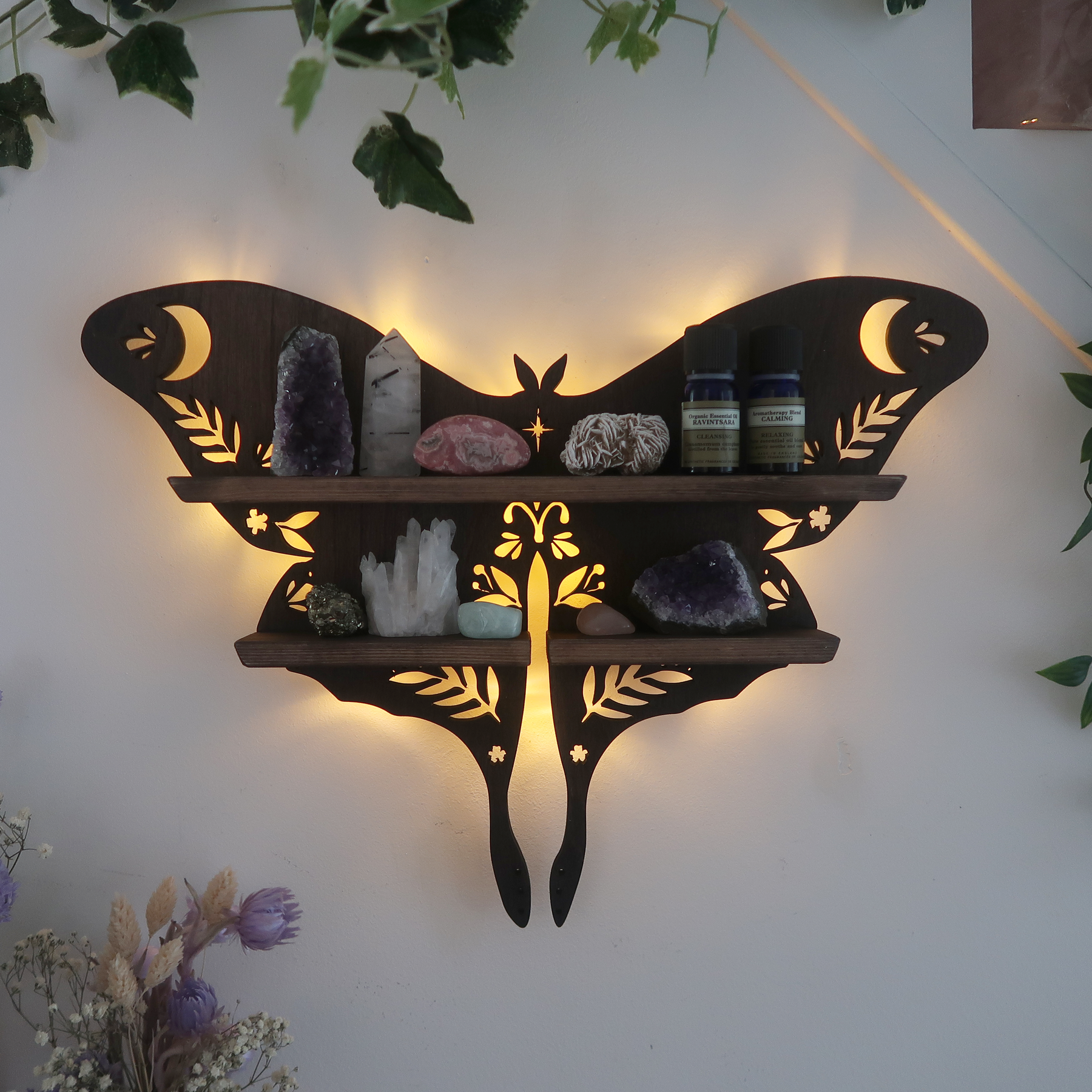
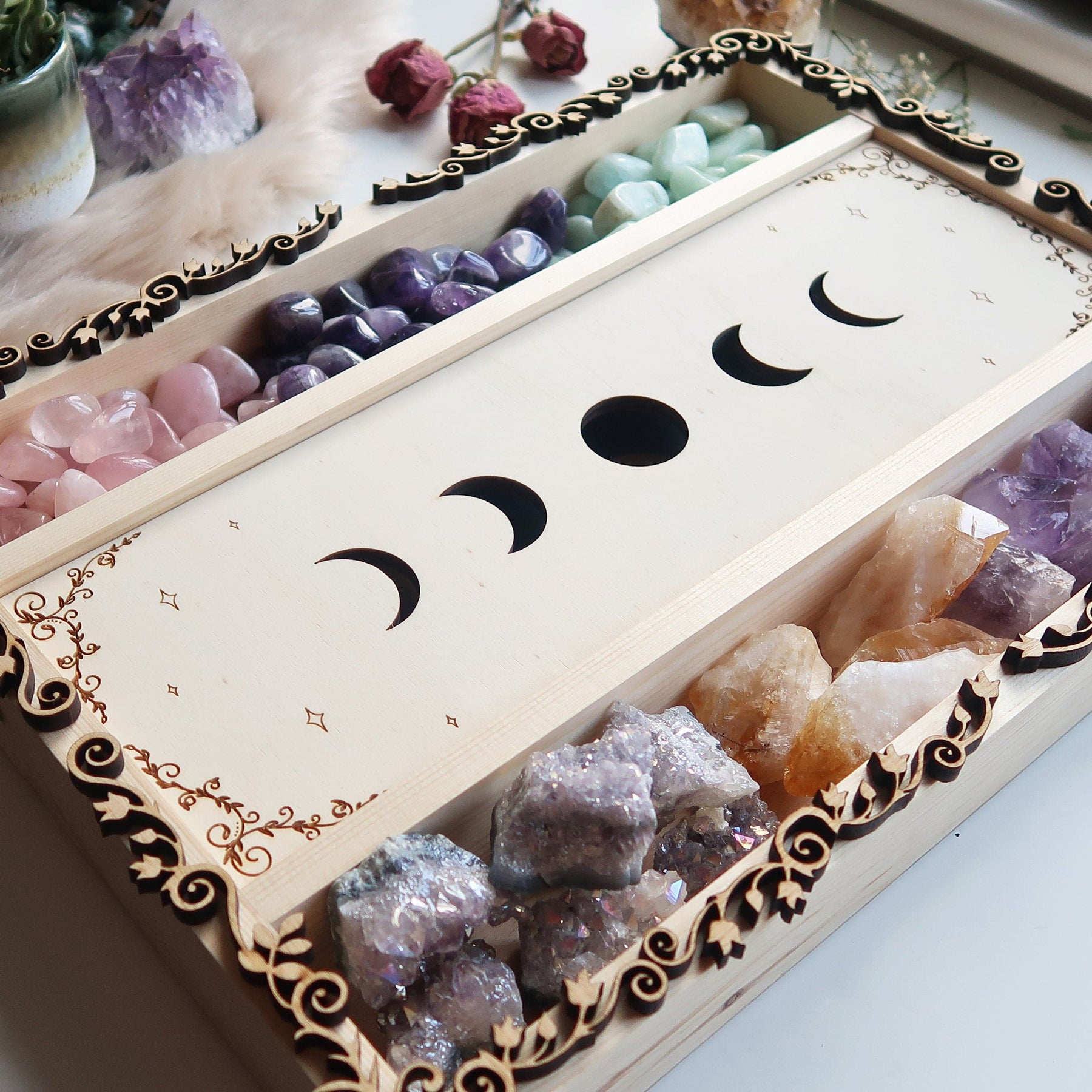
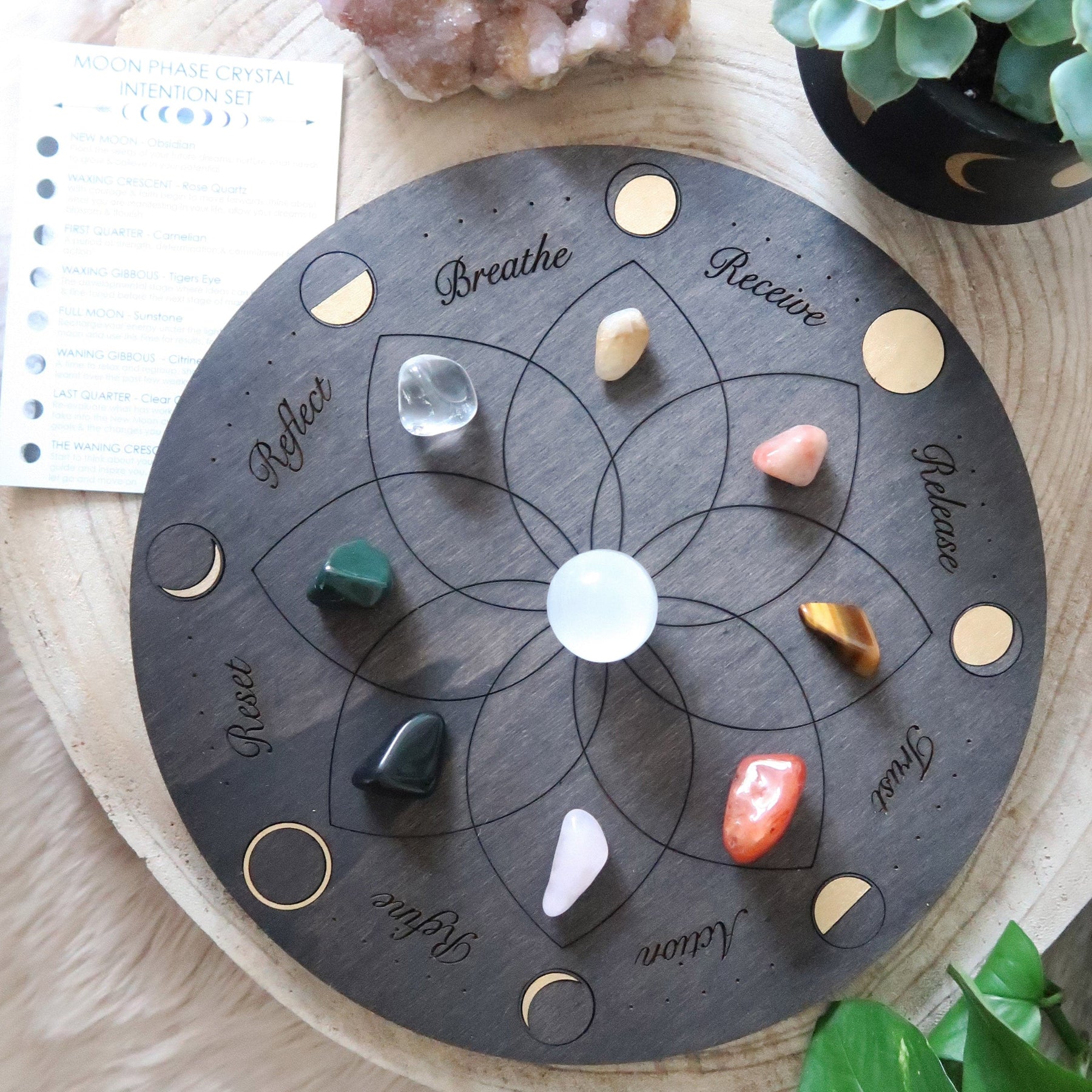
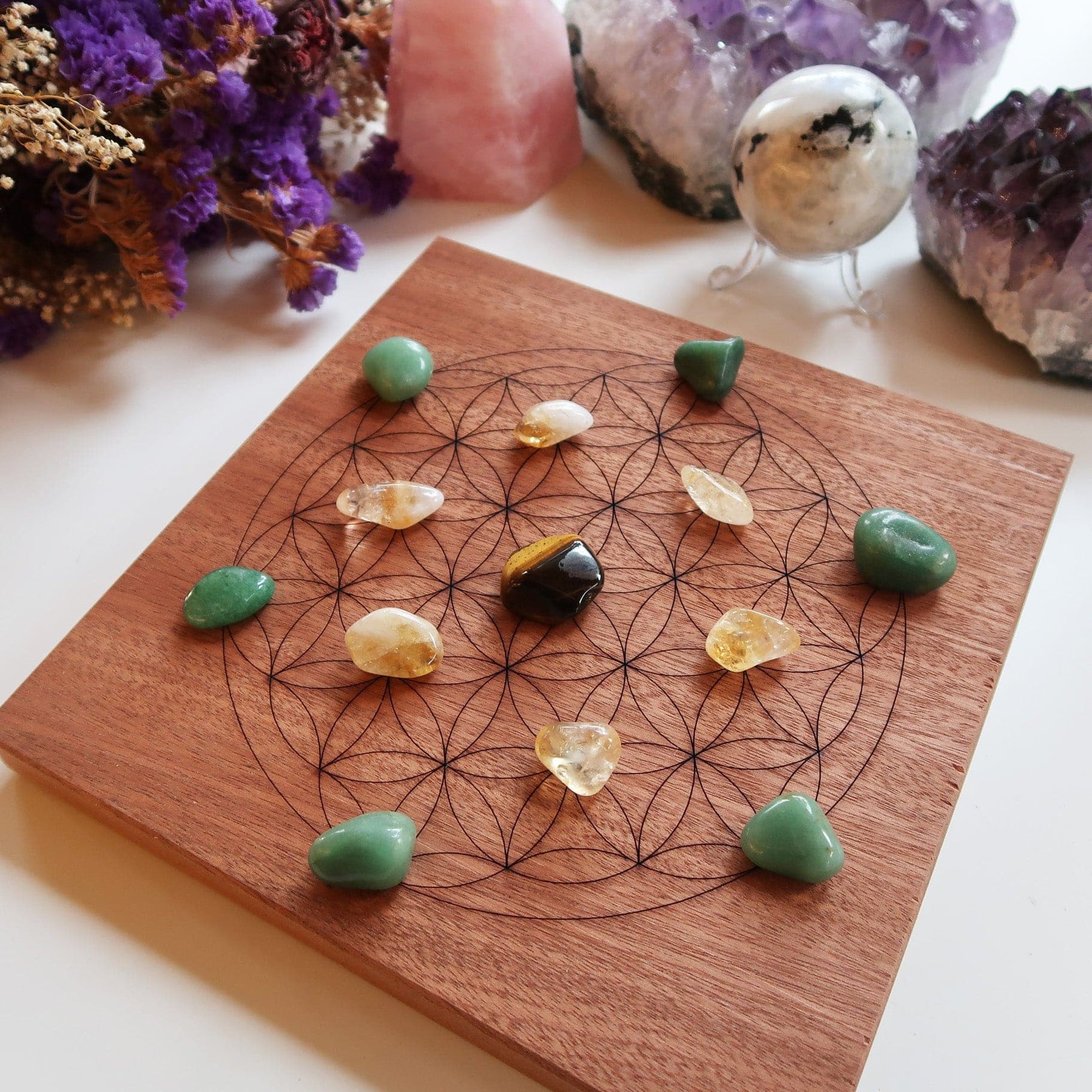
Leave a comment